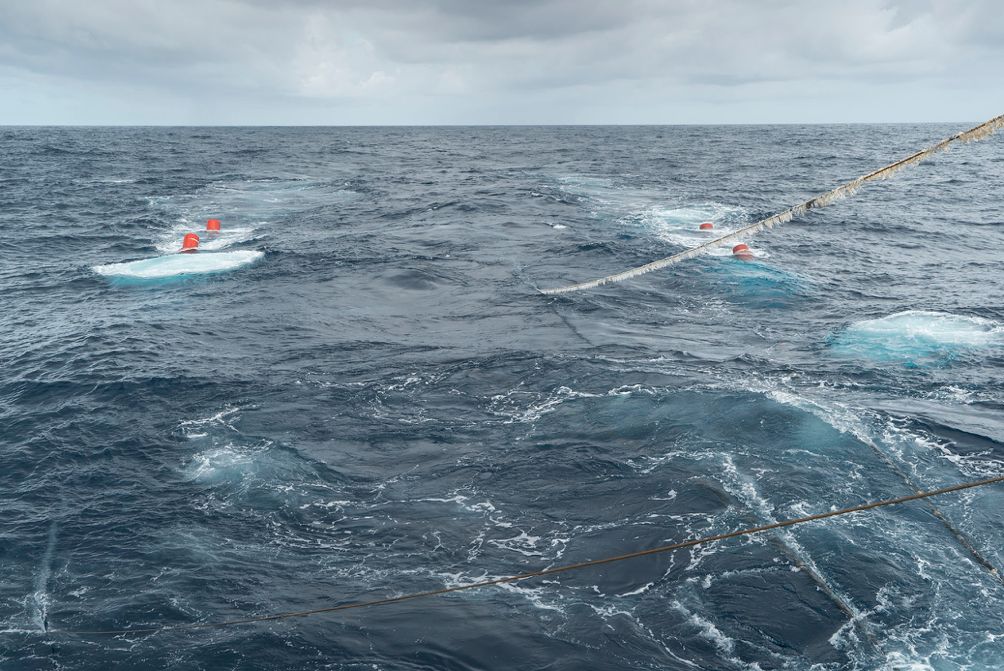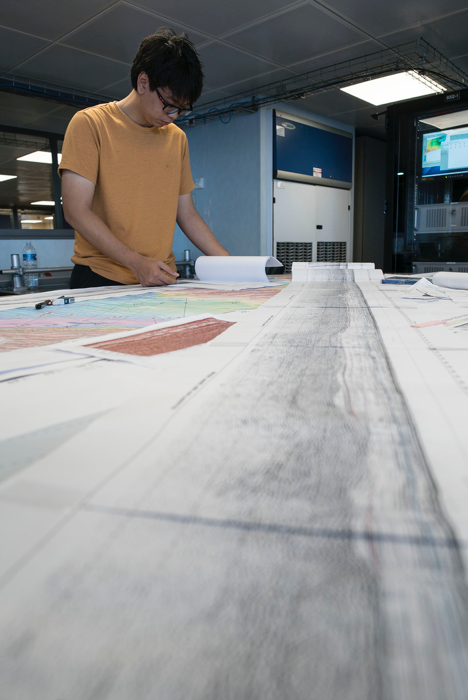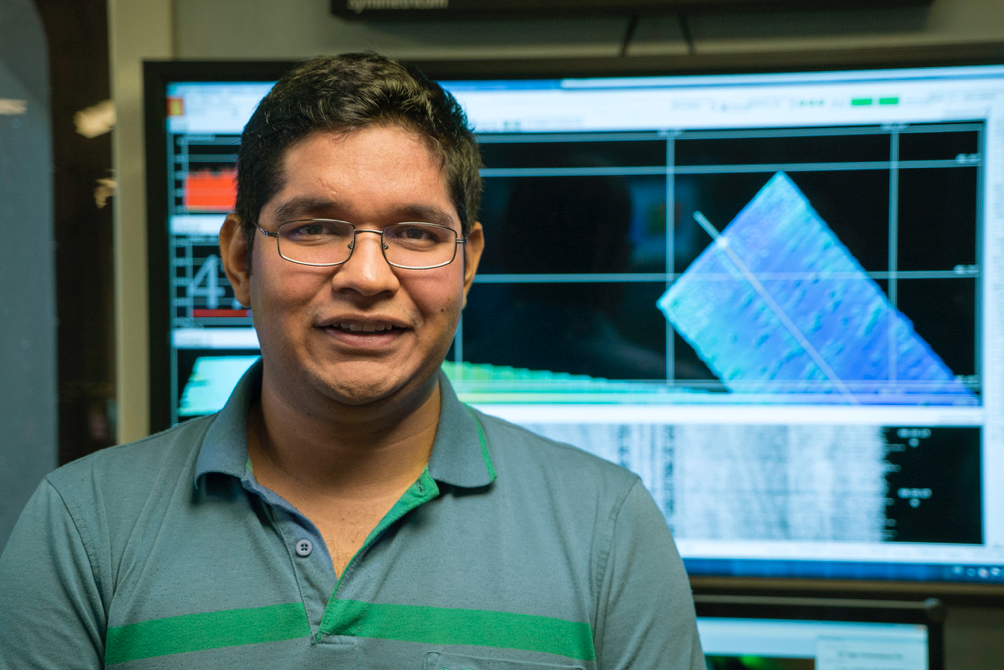Albert Einstein once said, “Imagination is more important than knowledge. Knowledge is limited. Imagination encircles the world.” We should take his word for it, especially when it comes to science.
As I walk around the Science Control Room on board the R/V Marion Dufresne, I witness a small army of experts keeping close tabs on endless spreadsheets, running equations or measuring maps with religious precision. It seems counterintuitive to think that passion and imagination are driving this research, yet they are.

Stardust
Picture pieces of floating dust, colliding and forming stones. Now, picture these stones crashing and merging, forming bigger rocks. Follow the thread of time and suddenly, you have a planet. Eventually, oceans and an atmosphere are formed. If the planet orbited slightly closer to the sun, the water would evaporate, slightly further from it and the water would be perpetually frozen. But fortunately, this particular planet orbits the sun at a perfect distance.
We now know the story of how the Earth came to be, but undoubtedly it must have taken brilliant minds and a lot of imagination to figure it out the first time.
But the story does not end there. The collision of rocks that formed our planet generated an unimaginable amount of heat, causing them to melt. With time, they began to cool, forming a thin crust.
That crust is where we live, and it is where plate tectonics play out their never-ending plot, shifting and moving to release heat from the core of the Earth to outer space.

Fantastical Facts
The oceanic crust is a fantastical place. Rocks that comprise the oceanic crust have magnetic fields which point to where the Earth’s magnetic north pole was when they were formed. But our planet’s magnetic north and south poles reverse through time, so different rocks from different ages show variable magnetic field directions. By establishing the age of a rock, and determining where the Earth’s magnetic north pole was at that moment in time, scientists can discover how continents have shifted and rotated through time.
Marine geology also puts the imagination to work. The process of seafloor spreading was discovered when scientists learned that the globe is encircled by a 64,000 kilometre-long continuous chain of volcanic submarine mountains and valleys.
The Earth’s iron-rich core is believed to be as hot as the surface of the sun. Heat expands, causing the outer crust to constantly break, allowing for the hot mantle to burst and release heat.
“The geological system in the ocean starts with the mid-ocean ridge, and as you go further from it, the oceanic crust grows colder and heavier, forming oceanic basins that hold sediments. As the oceanic crust keeps getting closer to the continent, it will eventually subduct underneath it or collide with it” explains Dr Mari Hamahashi, a geologist and Research Fellow at the Earth Observatory of Singapore.

Storytelling
One of the methods that scientists use in their research is seismic reflection. Air-guns send acoustic waves down to the seafloor, where they bounce off different crust layers and are recorded by hydrophones towed behind the R/V Marion Dufresne.
After the data is processed intensively, an image of the subfloor is rendered. This is not an easy image to interpret, confesses Fernando Villanueva, a PhD candidate participating in the Floating Summer School programme. During his studies in physics, he dealt with exact results. He finds it more challenging to decipher the seismic profiles.
“When I first joined the expedition I didn’t know anything about geology. I didn’t even know what a fault was. It was very hard to adjust and begin thinking in geological terms. I had to combine many different data sets to widen my point of view and start making correlations to start testing and creating a story.”
Today, one of Fernando’s favourite parts of the job is combining knowledge and skills from across many disciplines.

The team onboard R/V Marion Dufresne uses geological features in order to piece together theories about the inner workings of the Earth. These theories, even if imaginative, will withstand rigorous tests to prove their validity. Each day, the Wharton Basin throws a new curve-ball the scientists’ way, keeping them on their toes.
Their response would make Einstein proud: “Logic will get you from A to Z; imagination will get you everywhere.”
Follow the progress of MIRAGE II between 25th September and 20th October 2017 on the EOS blog, and spread the word using #MIRAGEcruise.